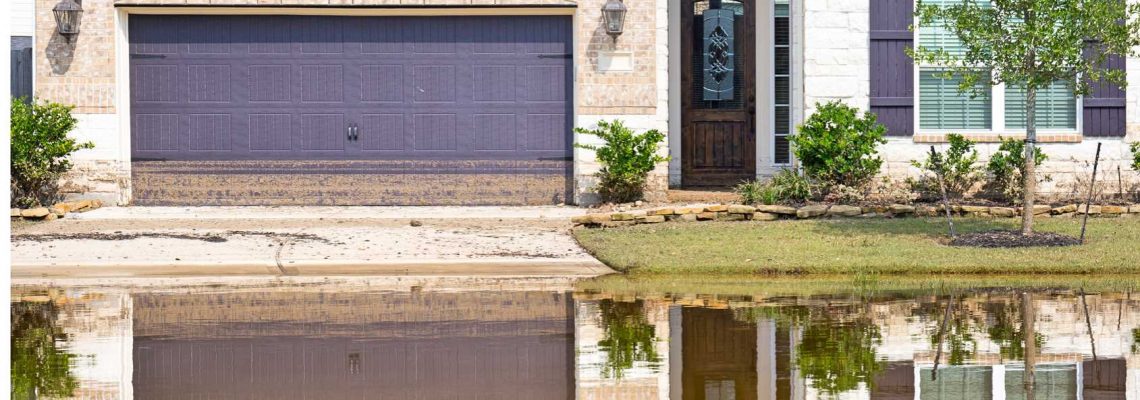The most common natural disaster in the United States is a flood. It’s also the most dangerous. The National Weather Service, as well as your local weather service, will issue flood advisories, watches, and warnings if there is flooding expected. But what’s the difference and when do you need to pay attention?
What is a Flood Advisory?
A flood advisory is issued if there is a possibility of a flood. Typically, this occurs before or during a potentially problematic weather event and the flooding is not expected to be severe if flooding does occur. During a flood advisory, keep an eye on weather alerts to determine if the flooding risk may become more serious. You may want to go ahead and prepare just in case the potential damage becomes more serious.
What is a Flood Watch?
Flood watches are issued before a warning and indicate that flooding is going to be possible in the area. They will typically let you know that flooding is possible within 24 to 48 hours. Though it doesn’t mean a flood is likely to occur, it does mean that conditions are favorable. When a flood watch is issued, monitor alert notifications and prepare in case you need to move to higher ground if a warning is issued. Flood watches can quickly become flood warnings, in which case you’ll need to be prepared for flooding to occur.
What is a Flood Warning?
Flood warnings occur after a watch has been issued in most cases and indicate that flooding is imminent or starting. Listen to the flood warning through your local weather service to get tips on safety, evacuation procedures, emergency shelters, and more. Avoid low lying areas and make sure you get weather updates regularly. If it’s advised you evacuate, do so immediately to keep yourself safe.
What is a Flash Flood Warning?
Many times, flooding can be predicted by watching weather patterns and through in-depth knowledge of the local area. However, flash floods are sudden floods that can occur within six hours or less and occur when it rains heavily or when levees and dams break.
Cities are generally at a higher risk for flash floods. Because of their speed, there isn’t always time to send out a warning for these floods. However, if you do find out about a flash flood warning, seek higher ground right away to prepare for the possibility of flooding. Even if it doesn’t rain, a flash flood can occur, so seeking higher ground is always recommended for this type of warning.
If you are under a flood warning, make sure you seek shelter right away and move to higher ground as quickly as possible. Protect your property from flooding and keep important documents with you to ensure they are safe from rising waters. If you do ever experience water or flood damage in Springfield Missouri, make sure you seek professional assistance to clear and repair damages quickly. Contact the professionals at PuroClean Certified Restoration for an estimate on water restoration in Springfield Missouri.


